Best business tablets 2025
We take a look at some of the best business tablets around, from Microsoft's Surface Pro to the Samsung Galaxy Tab
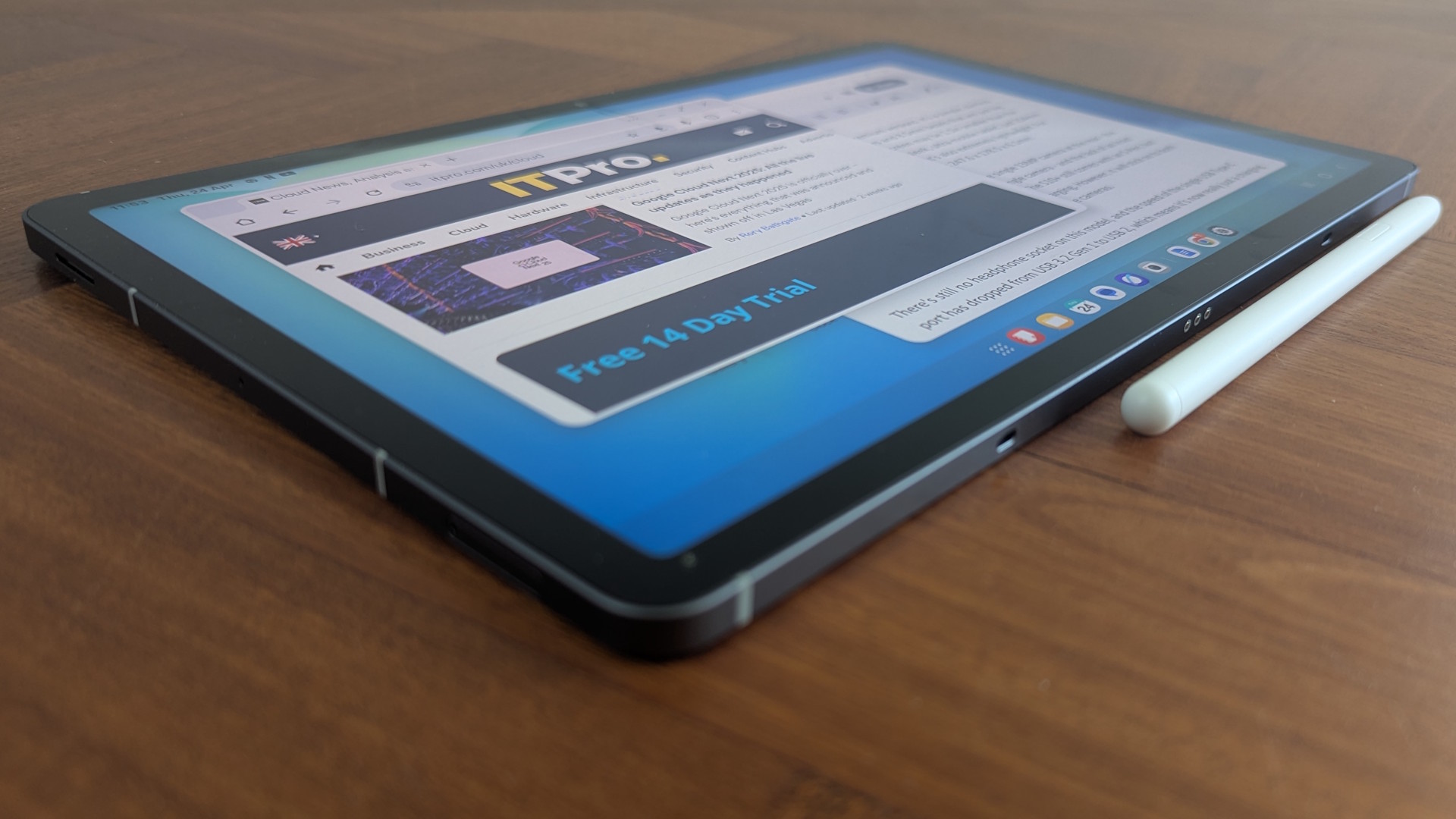

The market for business tablets has exploded over the last 12 months, with great options available from the likes of Apple, Samsung, and Microsoft. But, looking beyond the mainstream players, there is a world of wonderful alternatives and innovative new variations, such as E-ink tablets, which offer the feel of pencil and paper in a digital format.
Mixing the best bits of a laptop with the capabilities of a smartphone, the tablet is a fantastic option for your workers, particularly in this age of hybrid work, where more flexible and portable devices are in demand. Over the last 12 months, ITPro has tested and reviewed some of the best business tablets around to help you make an informed choice ahead of your next hardware refresh.
What to look for
When choosing a business tablet, it’s important to consider what specific roles or functions it’s going to be used for, as this will influence what features you will need to look for and the level of performance you’ll require.
Apple, Samsung and Huawei often use their own first-party silicon to power their devices, but you’ll also find tablets with third-party processors. Qualcomm Snapdragon chips are almost always the most reliable of these, while the MediaTek processors often found in cheaper devices are usually best avoided if you need top performance. For organisations that want a device they can give to front-line workers to host specific business apps, however, these cheaper devices may be a cost-effective solution.
Due to their mobile nature, it’s also worth thinking about the connectivity of your device. Opting for a tablet with support for the latest Wi-Fi 6 or 6E standard will future-proof your device and allow it to make the most of business-grade wireless infrastructure. If you’re offering devices to mobile workers who need access to mobile broadband when out on the road, then it’s advisable to pick a 5G-enabled model over a device that’s limited to 4G for similar reasons.
Best business tablets 2025
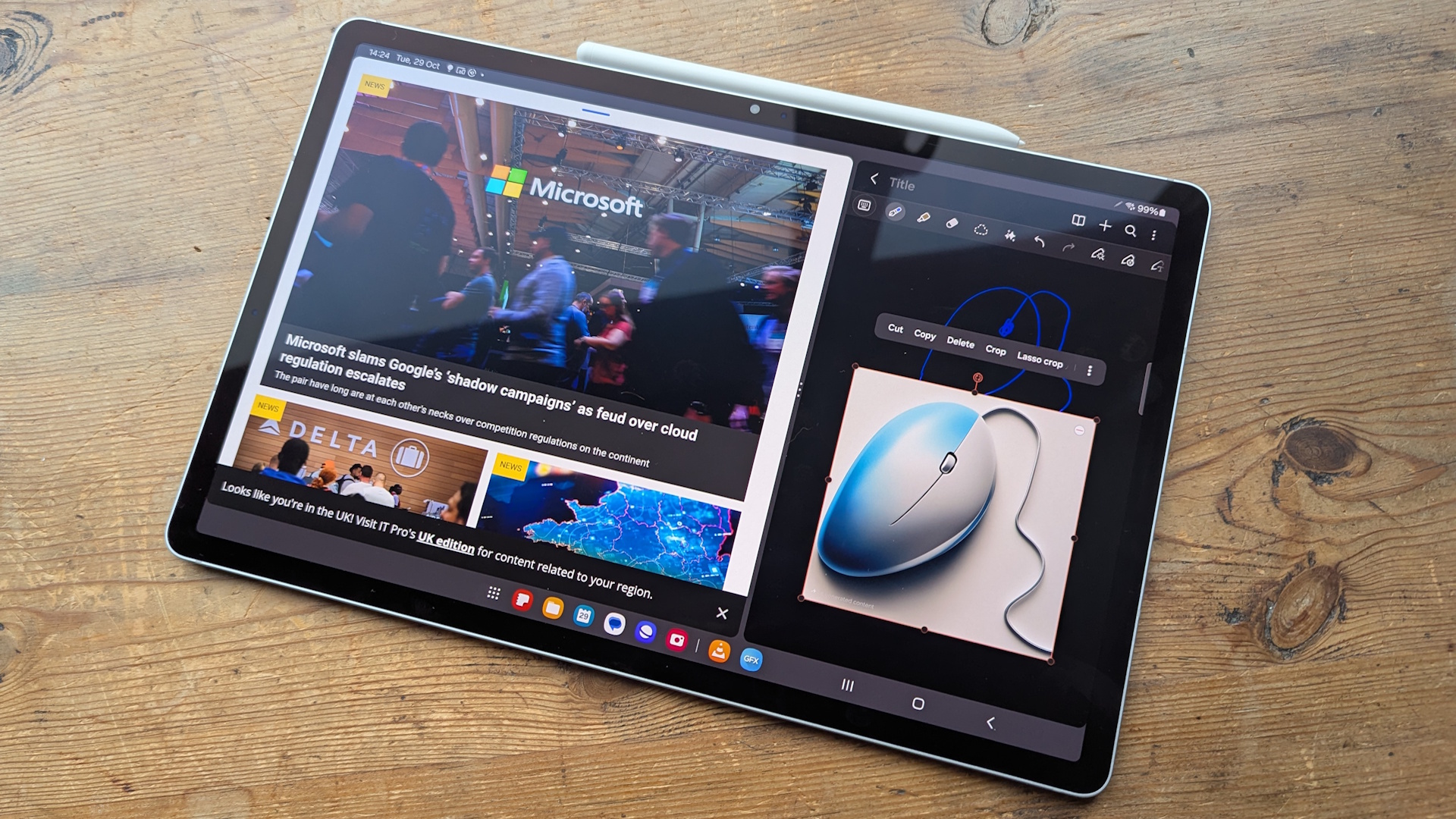
Samsung Galaxy Tab S10+
Our expert review:
Specifications
Reasons to buy
Reasons to avoid
With its beautiful 12.2in AMOLED display, snappy processor, and wild AI gimmicks, the Samsung Galaxy Tab S10+ is arguably the best Android tablet around – the only competition it has is its smaller model, the S10.
With its S-Pen, AI features, and One UI OS, Samsung has done its best to make it a powerful business tool that can run the most demanding Android apps. It is expensive, but the overall quality almost justifies the premium price.
Samsung's S-Pen is a key selling point for the S10+ this year, as many of the new AI-features have been designed with the stylus in mind. From transforming handwritten scrawl into editable text or your doodles into slightly less awful illustrations, you can use the AI for a range on clever tasks. You can even translate notes, transcribe recordings, and craft responses in the messaging and chat apps. This is possibly one of the best use cases for on-device AI, so far.
Read our full Samsung Galaxy Tab S10+ review for more information.
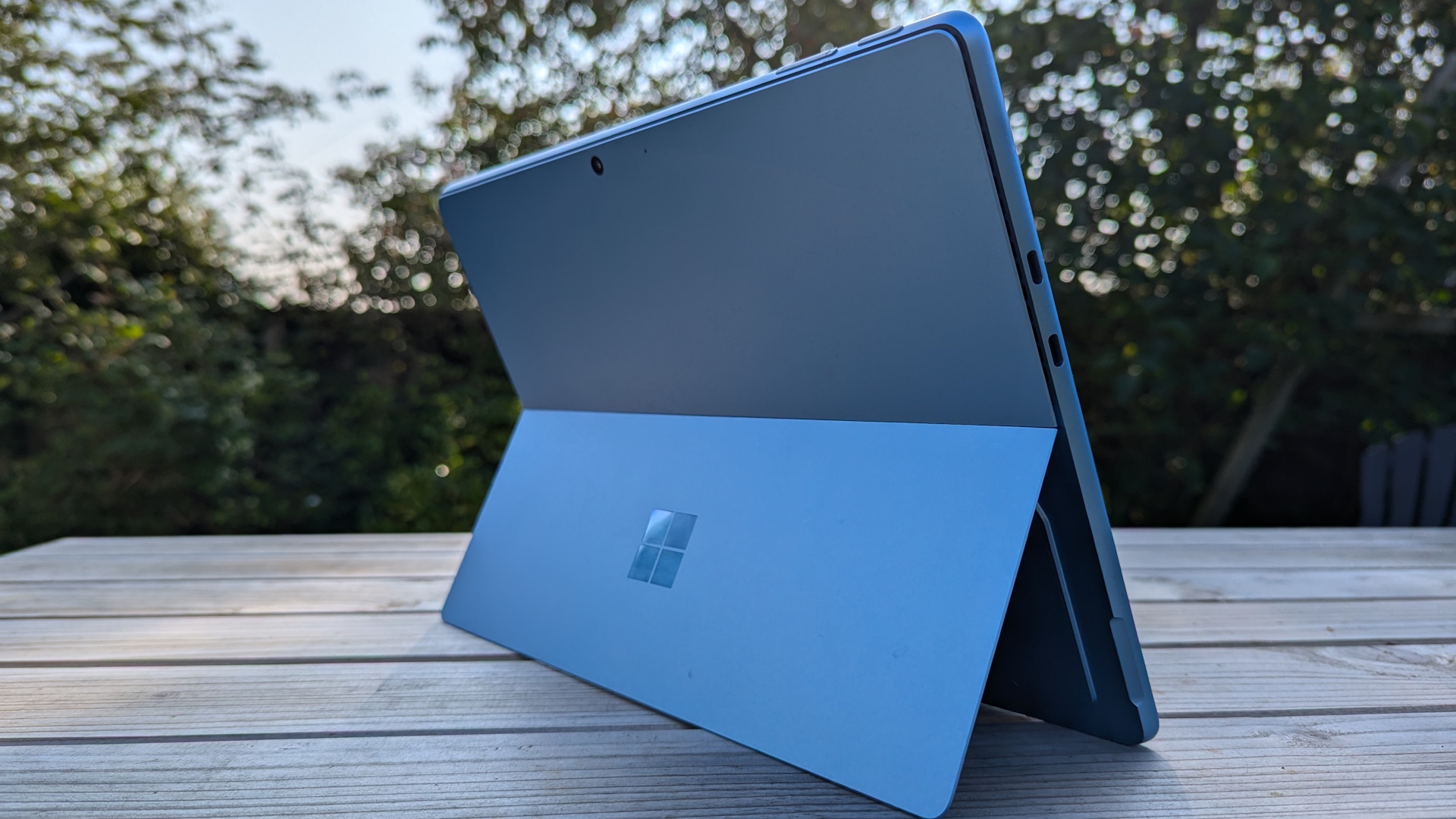
Microsoft Surface Pro 11
Our expert review:
Specifications
Reasons to buy
Reasons to avoid
Arguably the most business-focused device on the list, the Surface Pro is a surefire hit for those who want Windows on a tablet. The latest Surface Pro (number 11) is faster than most mainstream laptops, and has a longer battery life than previous Surface models (16hrs, 28mins). It even went through a whole workday without needing a charge.
The Surface's signature keyboard has also been upgraded for the 11, with a new party trick; it can operate wirelessly from a distance, enabling more flexible options for your workspace. It also charges while attached to the tablet portion of the Surface Pro. And, despite some limited travel, the keyboard has a lovely, fast, and clicky feel.
Read our full Microsoft Surface Pro 11 review here
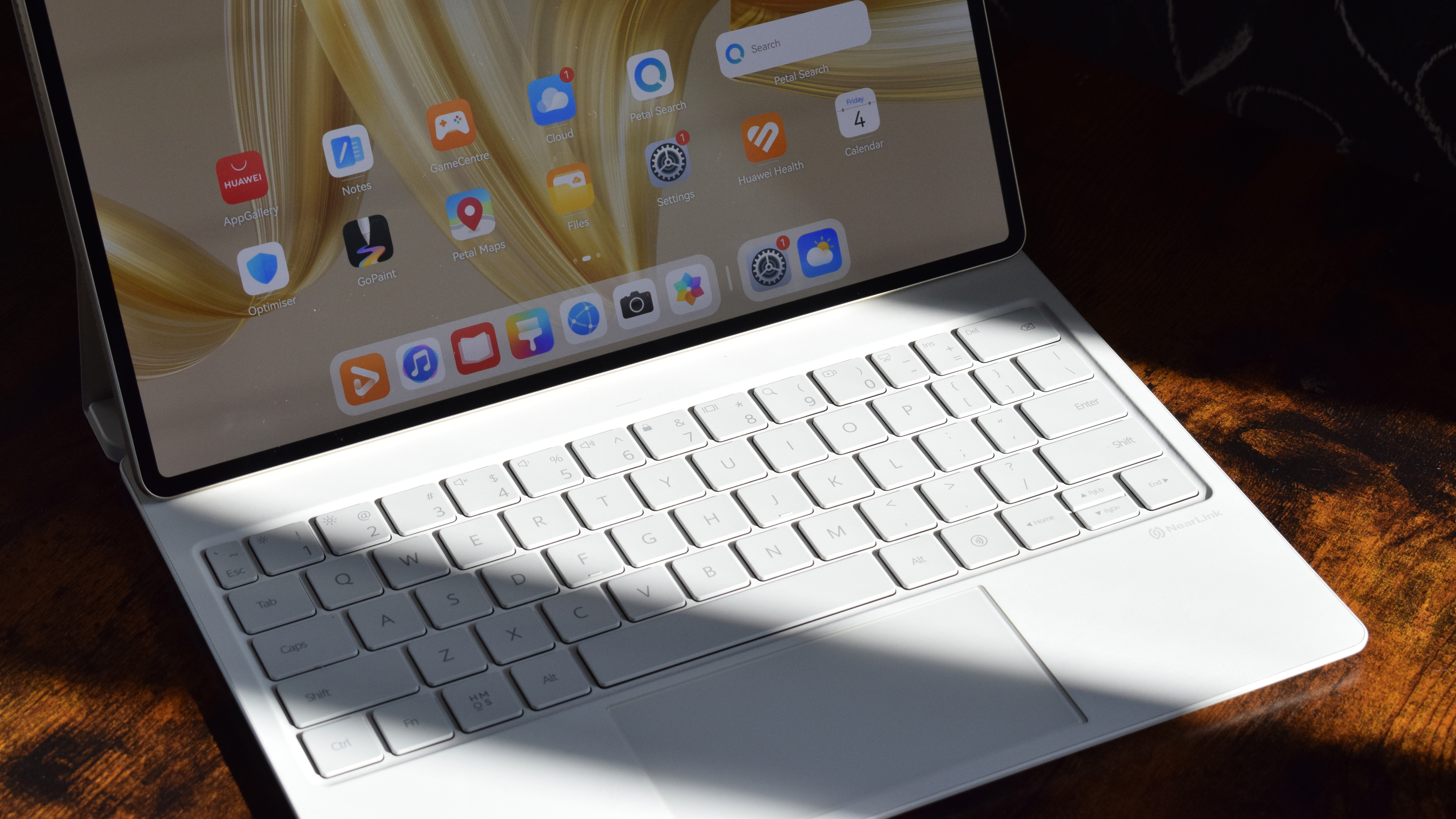
Huawei MatePad Pro 12.2in PaperMatte
Our expert review:
Specifications
Reasons to buy
Reasons to avoid
ITPro has reviewed the 2025, 13.2in MatePad Pro, but we felt that the 12.2in 2024 model was the better choice. This is largely down to the accessories, mainly the keyboard. The older version of the NearLink Bluetooth-connected Keyboard and stand was simply much better, more practical, and frankly less fiddly.
With the sturdier keyboard, what you get is a very good business tablet – if you're not that dependent on Android or iOS. The display is bright and vibrant, the cameras are intuitive and bursting with cool AI features, and the Kirin processor is as fast as they come.
However, the main draw here is the illustrative capabilities. The MatePad Pro PaperMatte is a sketcher's dream of a tablet with a highly responsive stylus and a superb drawing app to go with it (GoPaint).
Read our full Huawei MatePad Pro 12.2in PaperMatte review here
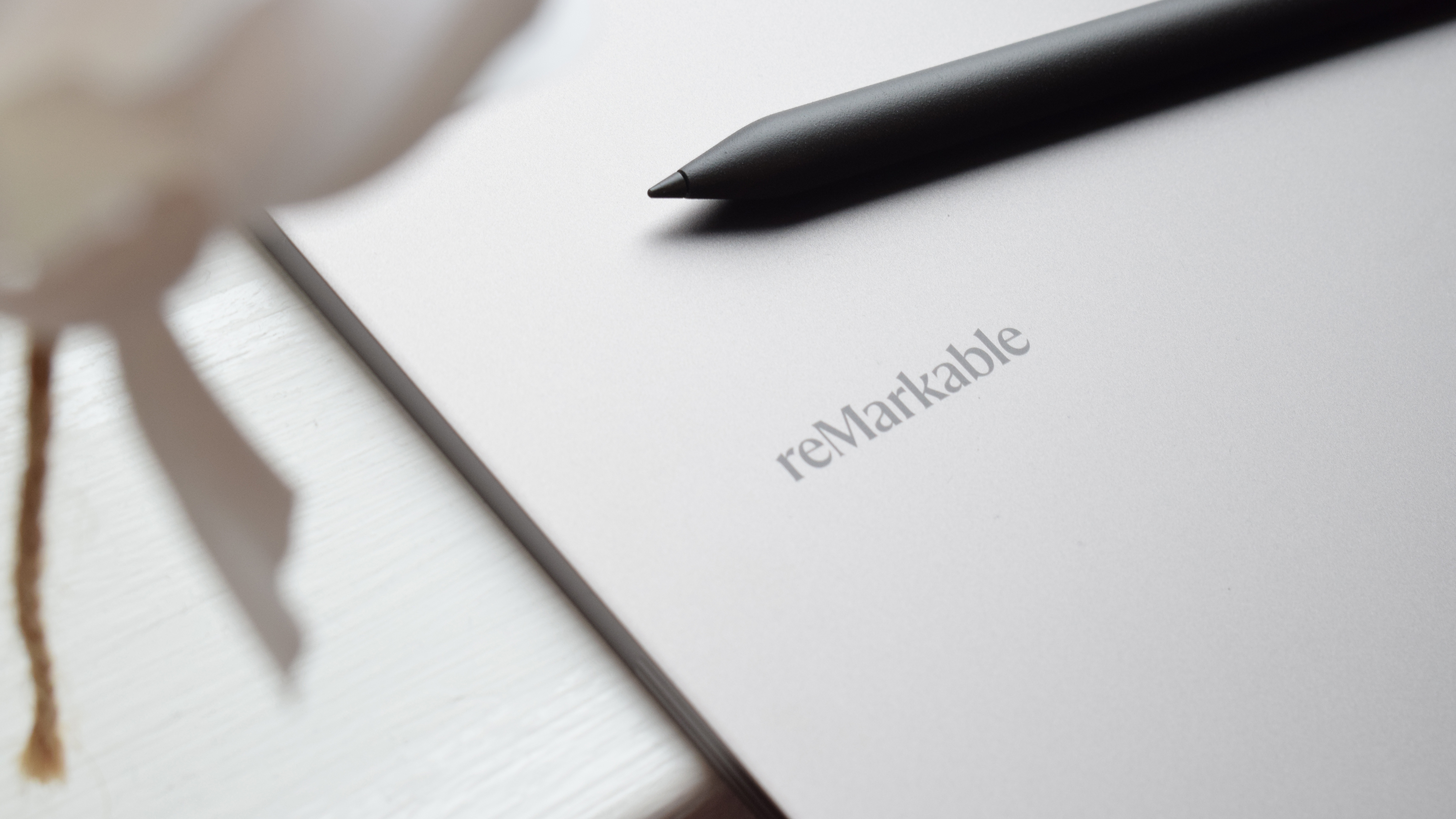
Remarkable Paper Pro
Our expert review:
Specifications
Reasons to buy
Reasons to avoid
E-Ink tablets exploded onto the scene in 2023, promising the feel of real pencil on paper in a digital form. ITPro has been testing devices from Kindle to the Supernote, but it's the Remarkable Paper Pro, and its gorgeous color-ink screen, that has made it onto the best list.
It isn't a tablet in the traditional sense; you can browse the web, there are no apps, there are no ways to buy anything, and that means there are no distractions, which is one of Remarkable's main selling points. You can shut yourself off from the world and focus on your work.
The 11.8in screen uses 'gallery' display technology that uses color pigments to mimic ink being moved around. The colors are not vibrant, as such, they're more akin to newspaper print. And there is a slight lag compared to Kaleido displays. When you draw in color, there will also be a flash, almost like lightning in an old video game, where the screen registers the new color or erases unwanted scribbles. This is how the display refreshes, and it does so to add the new input. It is a joy to use; a perfect digital tablet for distraction-free thinking/doodling.
Read our full Remarkable Paper Pro 2 review here

Samsung Galaxy Tab S10 FE
Our expert review:
Specifications
Reasons to buy
Reasons to avoid
You pay a hefty price for the latest Samsung Galaxy Tab S10 tablet and its wondrous AI features. But there is a cheaper option -- the Galaxy Tab S10 FE (fan edition). You pay a lot less, and only really compromise on size and a small drop in performance.
Samsung's One UI is arguably the most polished version of Android tablet OS, and that is highlighted well in the smaller version of its Galaxy Tab S10 -- the FE is a perfect example of downsizing your premium hardware into a budget offering. Here, AI features are in easy reach, and the S-Pen performance is just as good as it is on the original models.
There are plenty of options for affordable tablets for business, particularly from Lenovo and OnePlus, but the Galaxy Tab S10 FE is a winner in our eyes – a superior option for business users.
Read our full Samsung Galaxy Tab S10 FE review here
FAQs
What is a business tablet?
Tablets are traditionally consumer-focused devices that offer users a smartphone-like experience on a larger screen. But with a few accessories and some clever apps, they can be used as main drivers for work. Whether that's as a lightweight laptop alternative with a keyboard or a digital drawing pad for creatives.
Business tablets mostly provide flexibility with mobile data and easy Wi-Fi connectivity, allowing workers to do their jobs on the go. They can be used in data centers to monitor systems or as part of a presentation. In essence, the business tablet is a standard tablet – just with extra tools and software to make it compatible for you and your organization.
Should I consider an E-ink tablet?
'E-ink' is short for 'electronic ink', and it is used in several new tablets that offer more paper-like drawing capabilities. These tablets, such as the Amazon Kindle Scribe and the Supernote, are essentially e-readers that can be used for note-taking with mostly gray screens.
Some newer models, such as the Remarkable Paper Pro (see above) offer color options, though these are far more limited than what one would find on a traditional tablet. But the technology is evolving fast, and they are a great option for note-takers and journalers.
Can a tablet replace a laptop?
The answer to this is very much dependent on what your business does. If you need lots of processing power, RAM, and storage space, then the answer is a resounding no. But if you need something more flexible, with the ability to connect to the internet from seemingly anywhere, then a tablet can replace your laptop.
Sign up today and you will receive a free copy of our Future Focus 2025 report - the leading guidance on AI, cybersecurity and other IT challenges as per 700+ senior executives
Bobby Hellard is ITPro's Reviews Editor and has worked on CloudPro and ChannelPro since 2018. In his time at ITPro, Bobby has covered stories for all the major technology companies, such as Apple, Microsoft, Amazon and Facebook, and regularly attends industry-leading events such as AWS Re:Invent and Google Cloud Next.
Bobby mainly covers hardware reviews, but you will also recognize him as the face of many of our video reviews of laptops and smartphones.
-
 IBM is targeting 'quantum advantage' in 12 months
IBM is targeting 'quantum advantage' in 12 monthsNews Leading organizations are already preparing for quantum computing, which could upend our understanding of linear mathematical problems
-
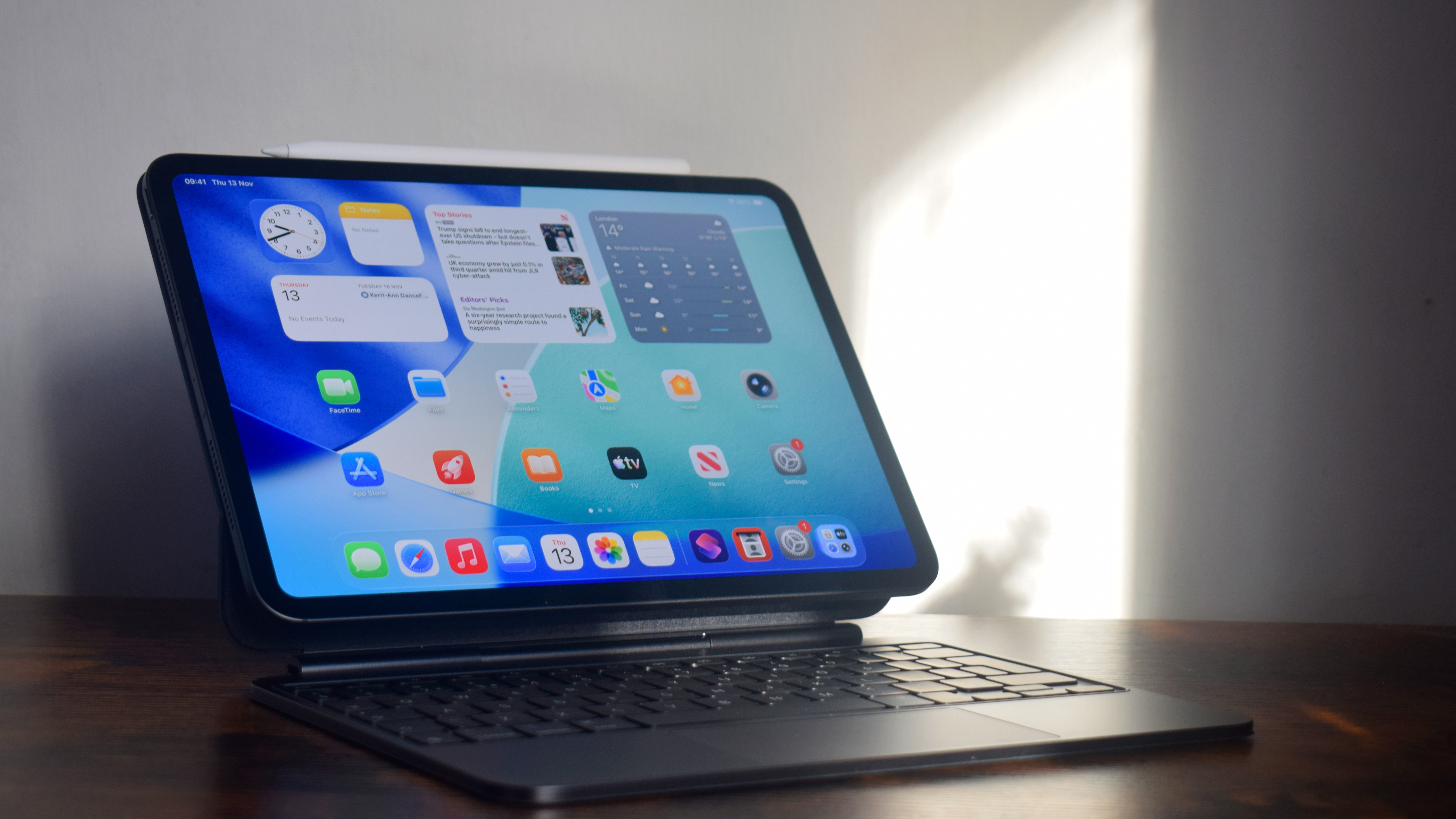 Apple M5 iPad Pro review
Apple M5 iPad Pro reviewReviews Still rocking the same design, but inside it's all change – and that is what makes the M5 iPad Pro so good
-
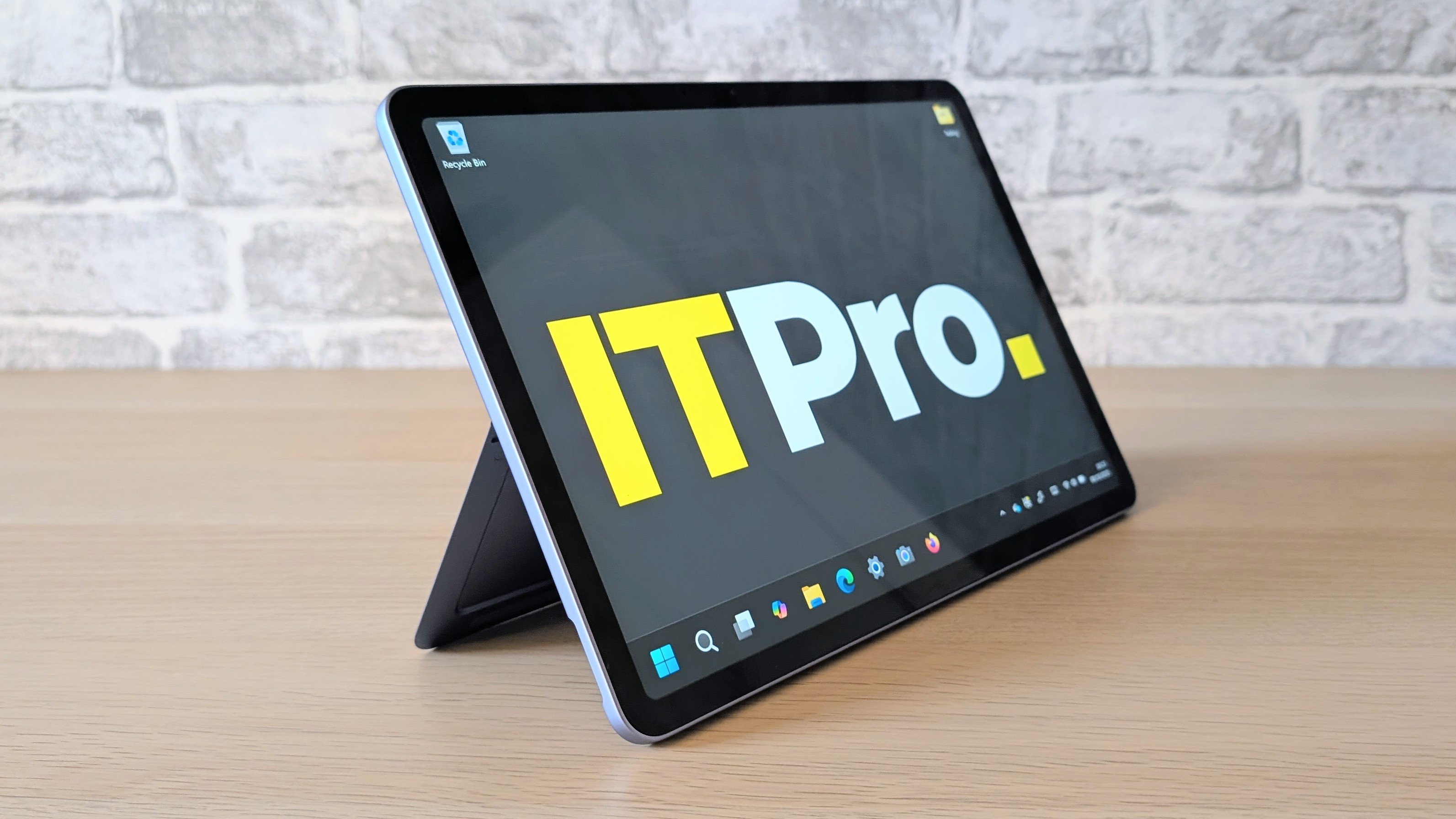 The Microsoft Surface Pro 12in is painfully expensive with keyboard and pen – but it's a tremendously versatile Windows device
The Microsoft Surface Pro 12in is painfully expensive with keyboard and pen – but it's a tremendously versatile Windows deviceReviews The newest Surface Pro tablet is compact, light, powerful, and good value (on its own)
-
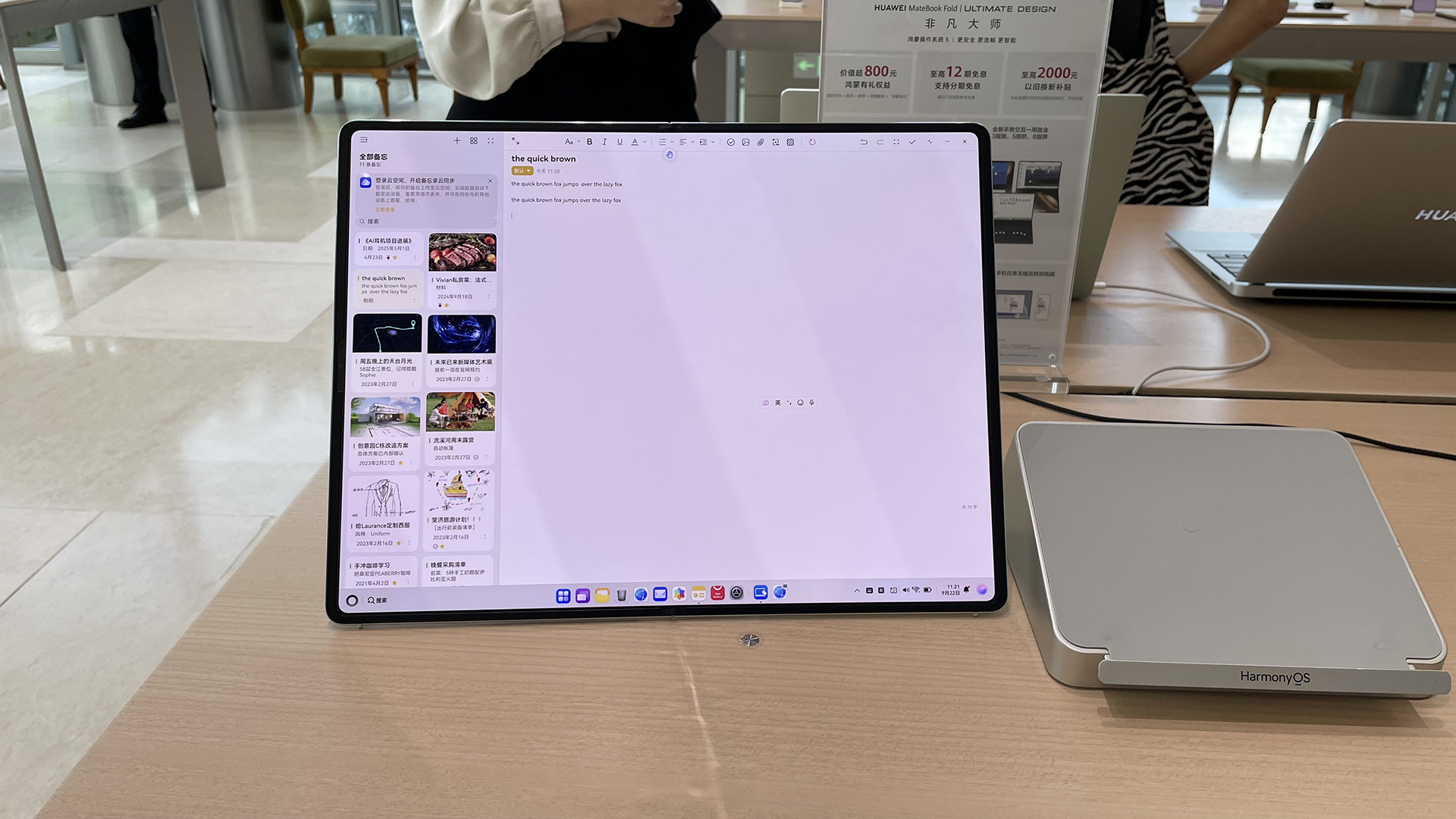 The Huawei MateBook Fold Ultimate Edition is a unique take on what it means to be a laptop – but good luck getting it outside of China
The Huawei MateBook Fold Ultimate Edition is a unique take on what it means to be a laptop – but good luck getting it outside of ChinaReviews This laptop-tablet hybrid offers business travellers a lightweight alternative to the standard fare – but there's a catch
-
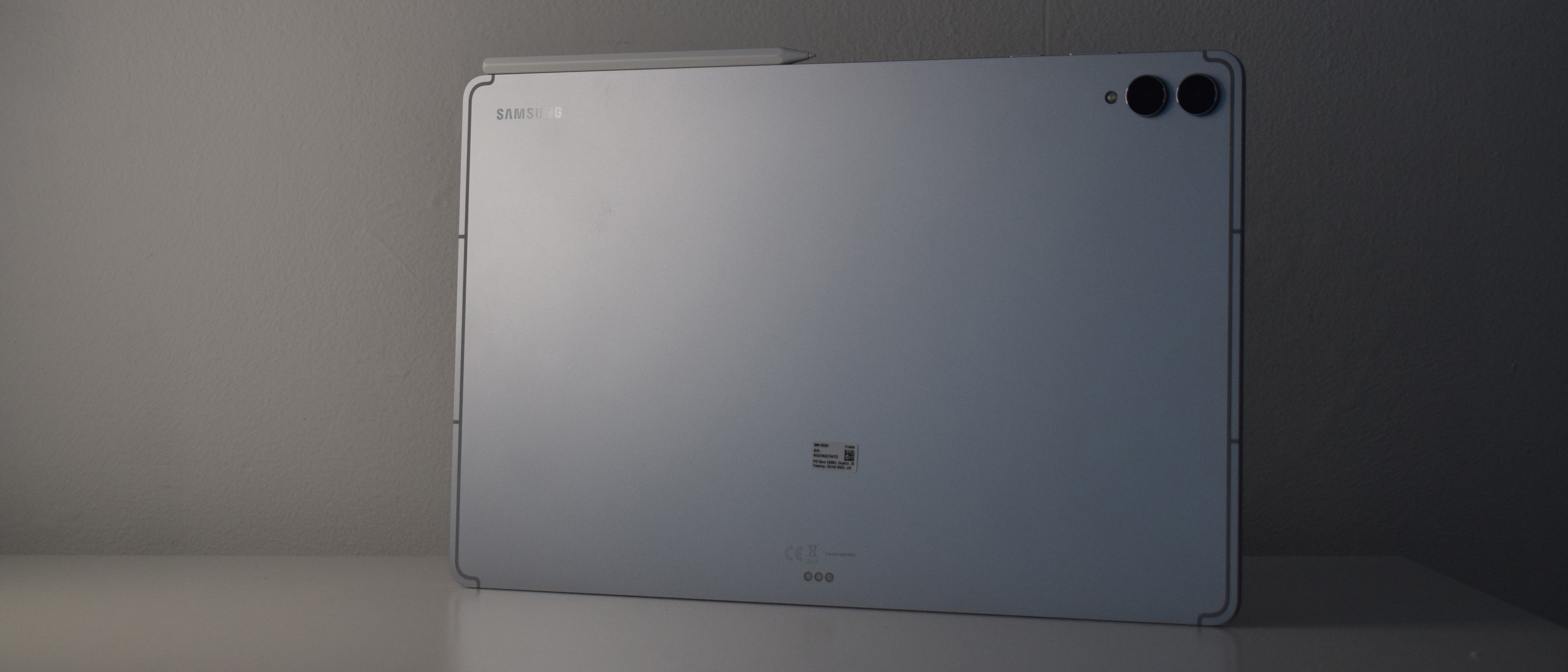 The Samsung Galaxy Tab S11 Ultra has more power, more AI, and much more battery life than its predecessor
The Samsung Galaxy Tab S11 Ultra has more power, more AI, and much more battery life than its predecessorReviews A wonderful slab of technology, packed with AI features, and the battery life is fantastic – very much a tablet worthy of the name, 'Ultra'
-
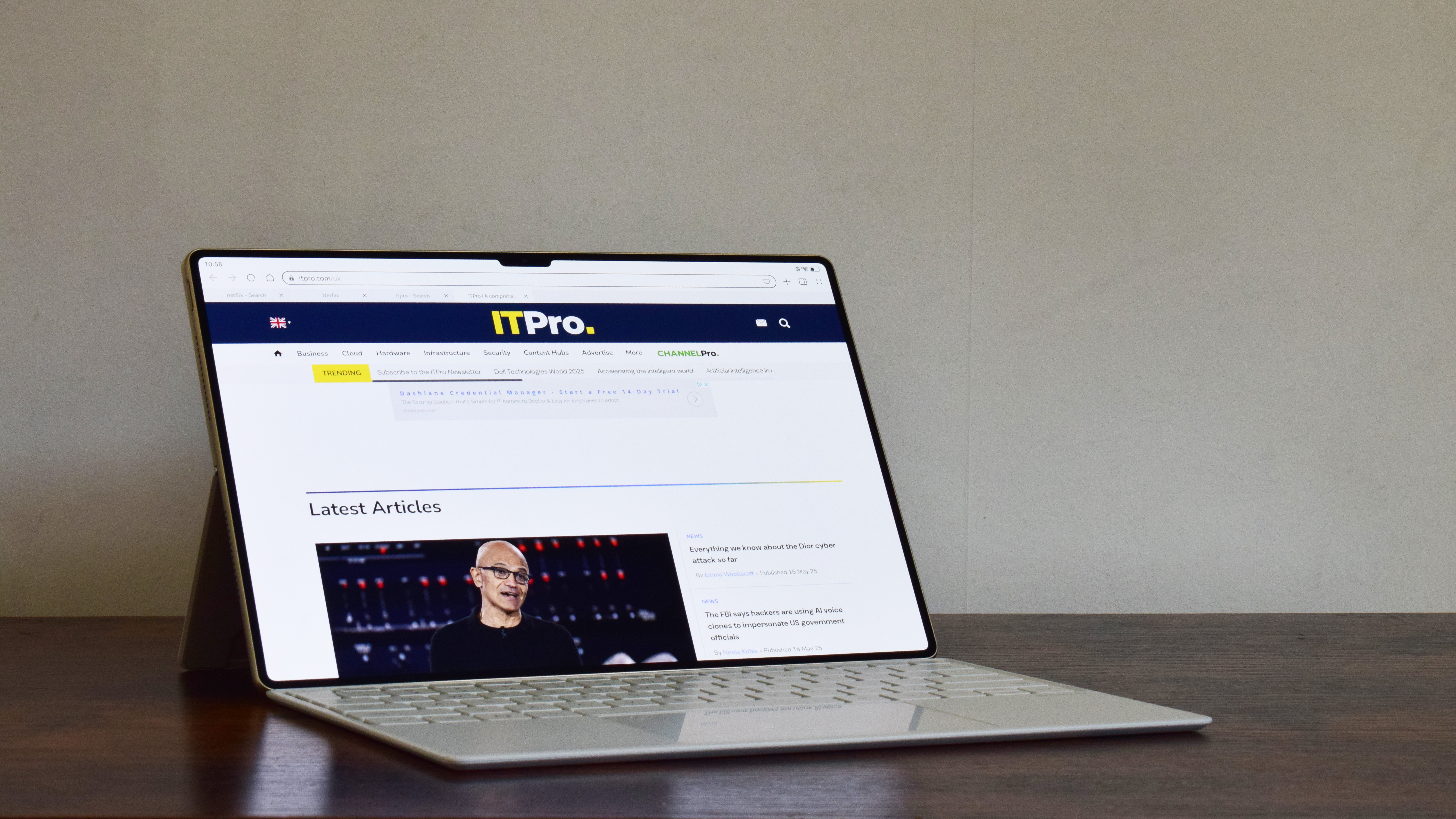 The Huawei MatePad Pro 13.2 PaperMatte edition is an illustration powerhouse – but you'll have to put up with an awkward keyboard and its Google-free OS
The Huawei MatePad Pro 13.2 PaperMatte edition is an illustration powerhouse – but you'll have to put up with an awkward keyboard and its Google-free OSReviews No Google, an awkward keyboard, and an AI-heavy camera are the only issues with Huawei's beautiful MatePad Pro
-
 Microsoft targets enterprises with new Intel-powered Surface devices – but they come with a hefty price tag
Microsoft targets enterprises with new Intel-powered Surface devices – but they come with a hefty price tagNews Microsoft has unveiled the launch of the new Surface Pro 11 and Surface 7 laptop devices with Intel chips.
-
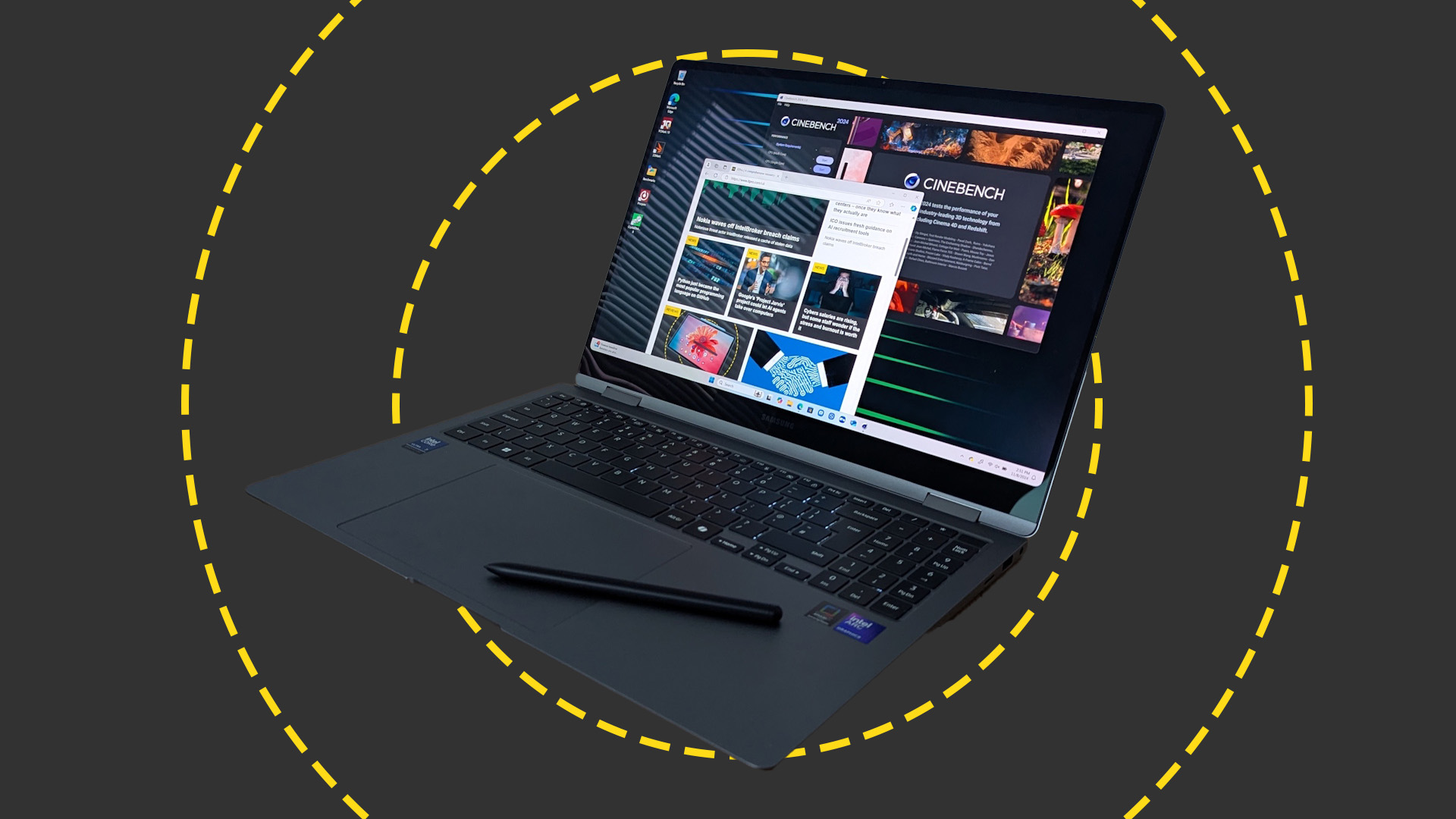 Samsung Galaxy Book 5 Pro 360 review: Almost the perfect big-screen laptop
Samsung Galaxy Book 5 Pro 360 review: Almost the perfect big-screen laptopReviews The Book 5 Pro 360 is a laptop you slowly get accustomed to, rather than one that feels right from the word go.
-
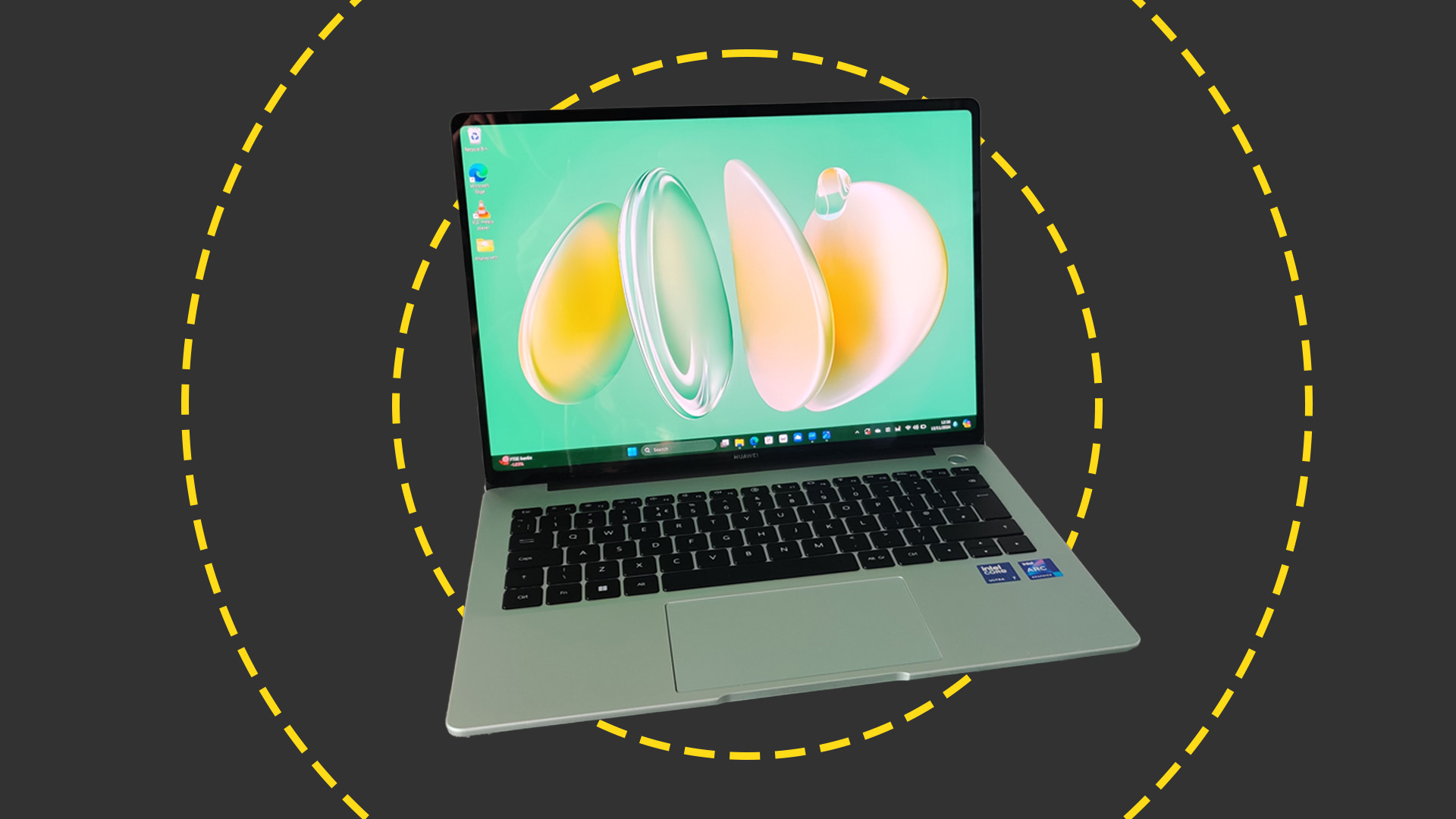 Huawei MateBook 14 (2024) review: A solid all-rounder with a stunning display
Huawei MateBook 14 (2024) review: A solid all-rounder with a stunning displayReviews An attractive, well-rounded device with a spectacular OLED display, but newer ARM-based Windows laptops offer that little bit more
-
 Samsung Galaxy Tab S10+ review: Possibly the best Android tablet for business
Samsung Galaxy Tab S10+ review: Possibly the best Android tablet for businessReviews With good performance, AI features and an exceptional screen, the Tab S10+ is the best Android tablet out there, if not quite the best tablet overall
